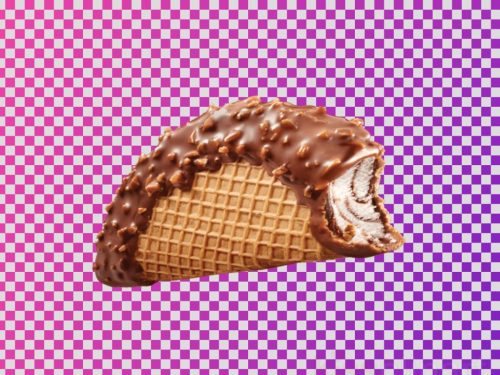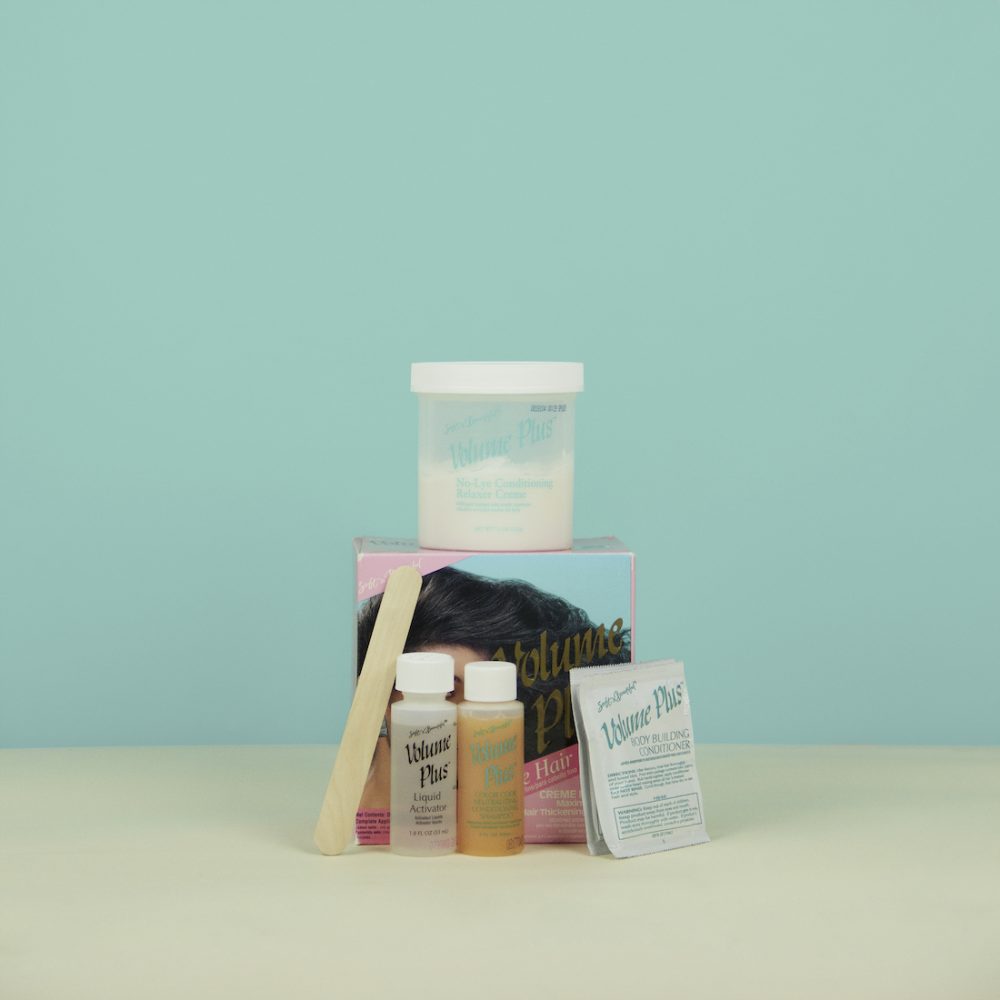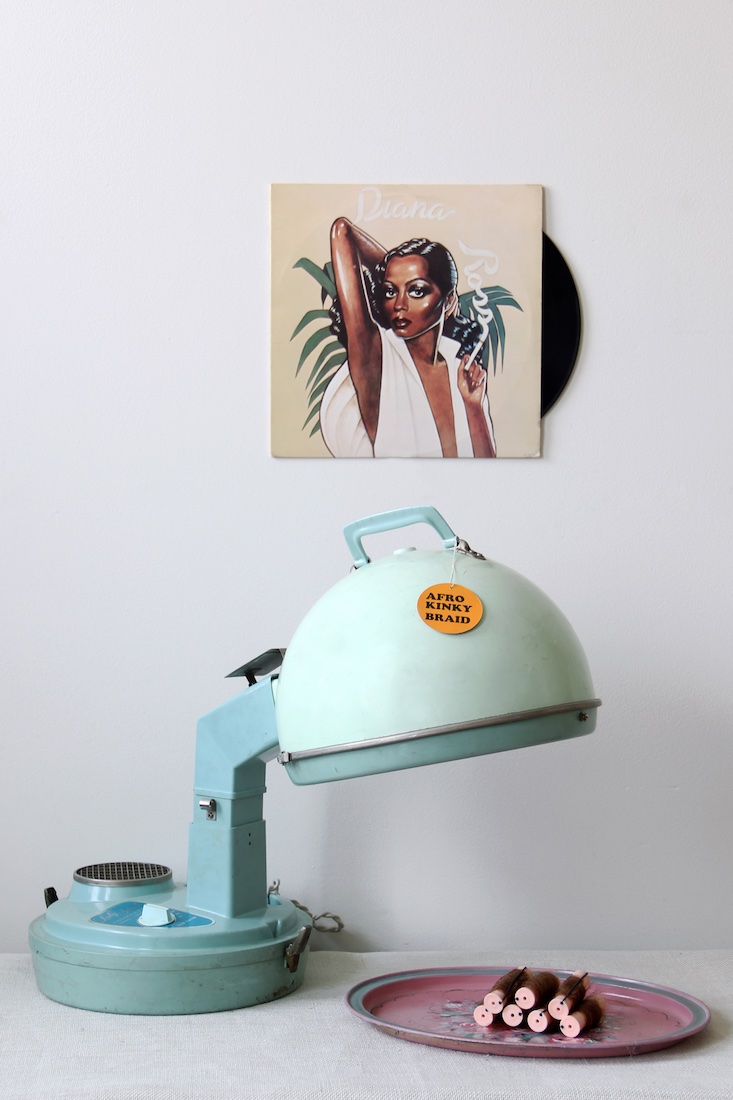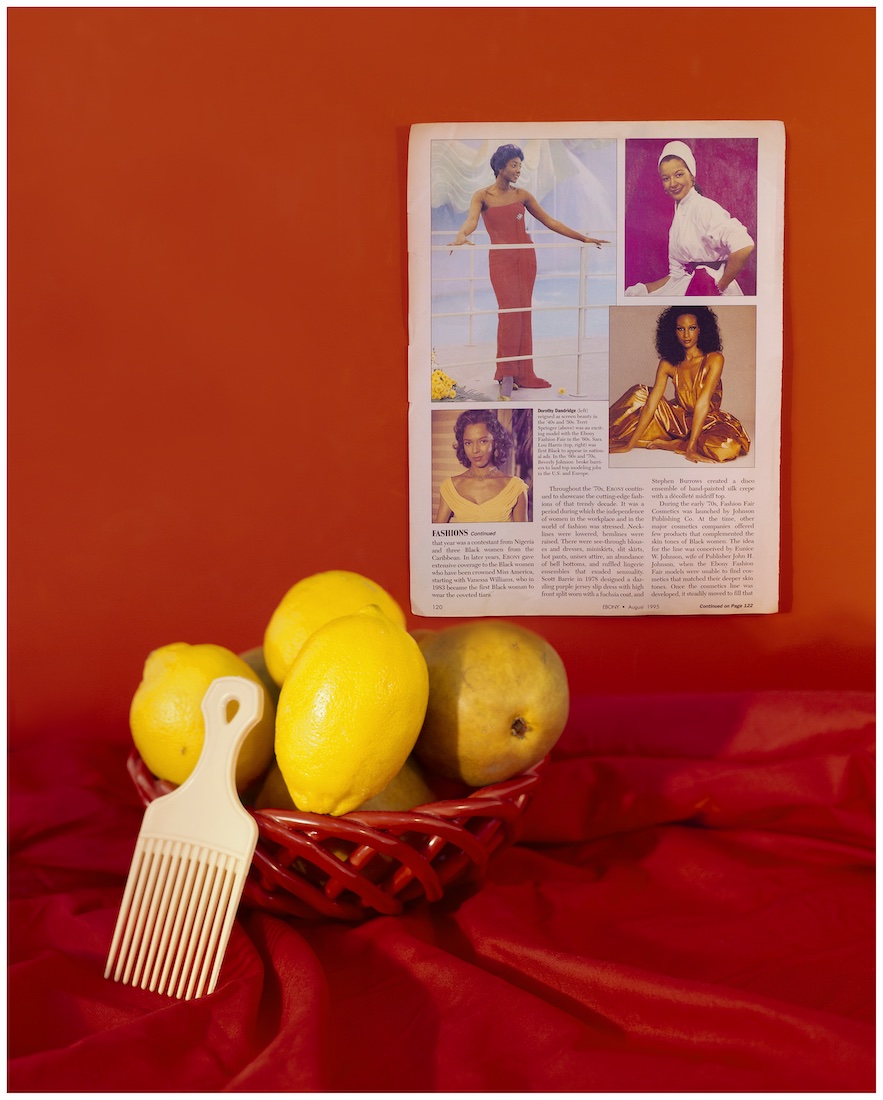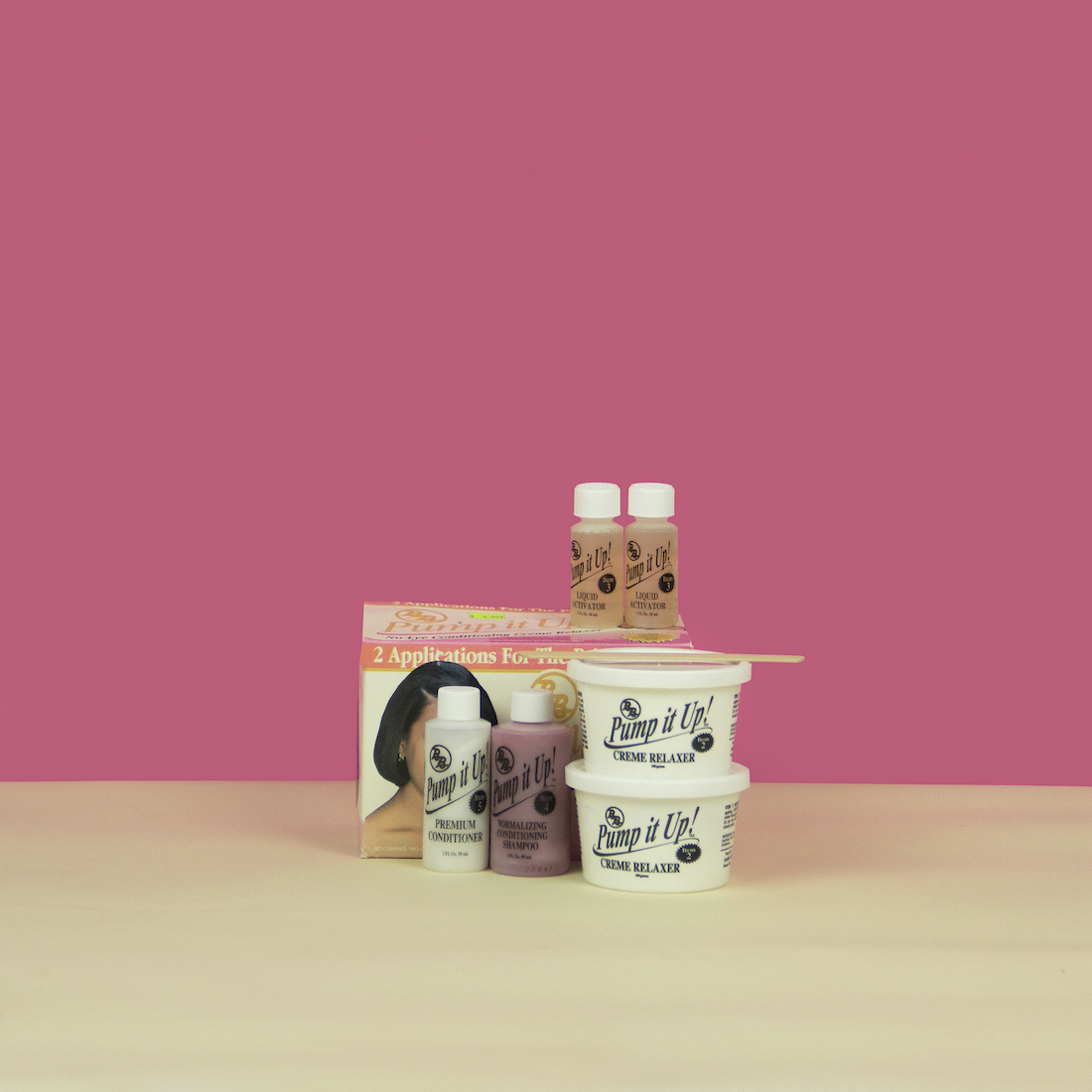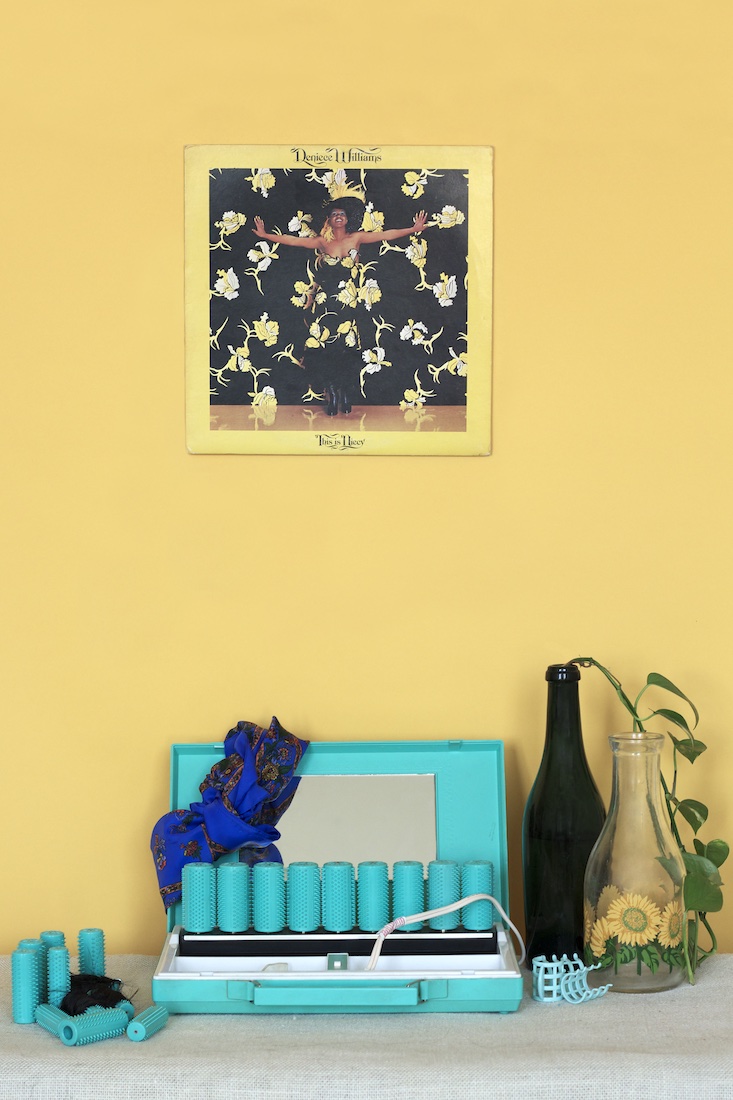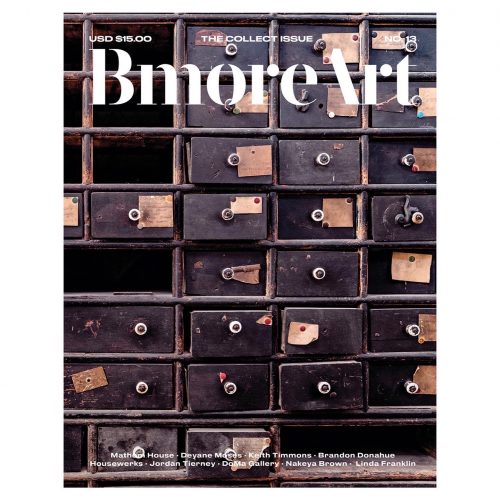Black pop art iconography, like Jet magazine’s coverage and advertisements reflecting the 1960s Black is Beautiful movement and the Natural Hair Movement of the 2000s, are all influential to Brown’s photographs. If Nostalgia Were Colored Brown explores Black womanhood and girlhood and references white eurocentric standards of beauty that told Black women to straighten their hair and the hair of their daughters. In Sophisticated Lady, a vintage hair dryer covers the top corner of a Natalie Cole record like a crown. The singer smiles, her dress color a similar tone as the object, and in front of the record, a pair of glasses nests against a plastic comb. This image, like others in Brown’s oeuvre, could be a snapshot of the un-airconditioned beauty shop that I used to go to on the Southside in Fort Worth.
I consider Brown’s work an updated and hopeful take on traditional memento mori or vanitas paintings, works intended to remind the viewer of the inevitable nature of death. In their precise, soft-hued, balanced execution, Brown’s photos are reminders of the beauty of Black life and remembrance that legacies, stories, and histories live on. “I always start with the objects first,” she says, relying on their inherent cultural significance whether she is using pages from a magazine, clips from a hair catalog, or the contents of a perm kit. She arranges them on paper, satin, or patterned fabric, making many of the images in her own living room.
Brown’s work reinvigorates the still life form. “Historically still life hasn’t always been a genre that women were thought to work within,” Brown says. “Working at home, that flexibility has added a layer of meaning to my work.” It makes the work more intimate and specific, bringing in objects like lemons, hair curling rods, afro picks, and mirrors, and emphasizing things that bring her comfort and joy such as houseplants, glass jars for iced tea, and vinyl records.
The familiarity of Brown’s work is a testament to her ability to tap into the collective consciousness of Black women who share similar rituals across the diaspora. In early 2022, images from the series Façade Objects were included in Dispersive Archives Volume 2, curated by Joy Davis at Eubie Blake Cultural Center, hanging next to Brown’s 2021 video piece which featured a step-by-step guide to chemically relaxing hair. In each image, the contents of various perm kits are arranged in front of the boxes, obscuring the Black models’ faces and implying their beauty would only become visible after using the kit.
